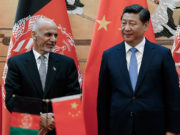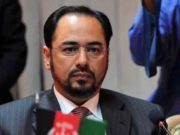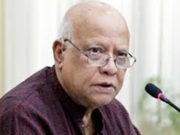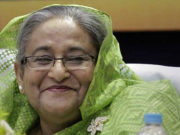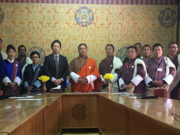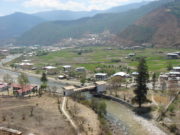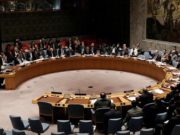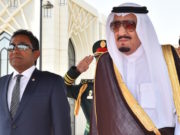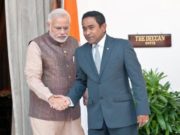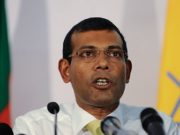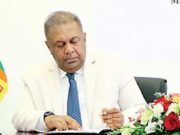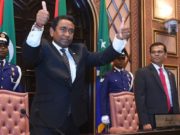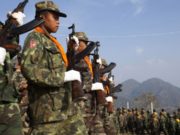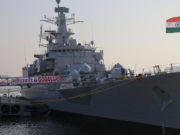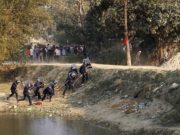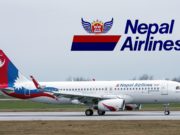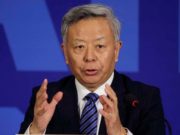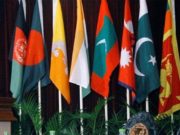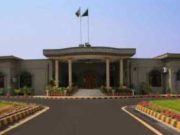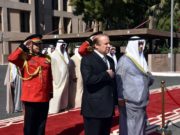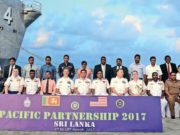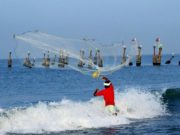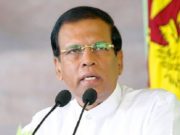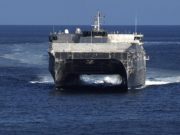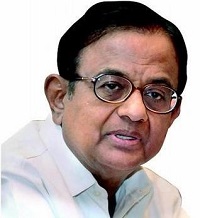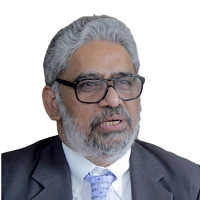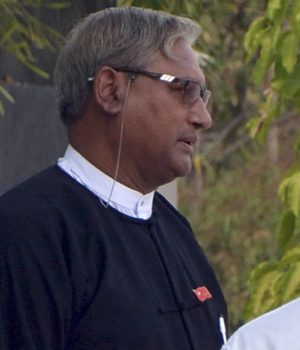(Exclusive): China and Thailand have long yearned to find faster and more efficient access to the markets of South East Asia, South Asia, the Middle East, and even as far as Europe. Over the last decade feasibility studies and the construction of road and rail links in the Mekong region – China, Cambodia, Laos, Vietnam, Myanmar and Thailand – have helped the region come closer to accomplishing this dream. And now that Myanmar is developing, after decades of economic stagnation, the final vision is within grasp.
An essential ingredient in this strategy has been the need to have deep-sea ports along Myanmar’s western coastline, linked to the rest of South East Asia and China. Now that vision is coming closer to reality, with work to start on two deep-sea ports – as part of the country’s Special Economic Zones’ development strategy – at Dawei to the very south of Myanmar (in Tanintharyi Division) and Kyauk Phyu to the north (in Rakhine state). These will complement the other two existing ports – at Yangon and Mawlamyine (in Mon state).
There are three Special Economic Zones: Dawei which is joint venture between Myanmar and Thailand; Thilawa on the outskirts of Yangon, which is a joint venture between Myanmar and Japan; and Kyauk Phyu, which is part of a Chinese and Myanmar development initiative – at present stalled.
But the Dawei Special Economic Zone is set to steam ahead. After being stalled for the last few years, the Thai-Myanmar project has been revived as a result of intense discussions between the Thai and Myanmar authorities. A series of meetings at the highest levels in the last month or so has led to the Myanmar government forming a new high-level committee in order to restart and speed up the work on the project.
The lead Thai developer — Italian-Thai Development (ITD) Plc — involved in the scheme renewed their interest in pressing ahead with the project after talks with both the Thai and Myanmar governments. The grandiose plan involves building a deep-sea port, creating an industrial zone and developing modern rail and roads links between the Dawei Special Economic Zone and Thailand’s Kanchanaburi province – and Bangkok. For other foreign investors the deep-sea port at Dawei and the improved transport connections between Myanmar’s southern region and Thailand is particularly attractive.
Both have many potential advantages, and would benefit both Thailand and especially China. The road and rail links would add to the Greater Mekong Sub-regional corridors, meant to create more efficient communication connections between Myanmar, Thailand, Cambodia and Vietnam. It would also provide an alternative route to the East-West Economic Corridor (EWEC) linking Myanmar, Thailand, Laos and Vietnam. It also fits the Chinese strategic vision of ‘one belt, one road’. That would link China to the sea routes in the Andaman Sea – through the two ports of Mawlamyine (formerly know as Moulmein) on the EWEC and the proposed deep-sea port to the south, at Dawei on the Northern sub-corridor.
China has agreed with the Lao government to build a fast-train link to Vientiane – which will be part of the Kunming to Singapore route passing through Laos, Thailand and Malaysia. Construction on that leg has already begun, while the Thai and Chinese governments are still discussing the Laos to Thailand fast-train link, an agreement is expected in the very near future.
This is going to provide a major boon to China, which wants to connect to Europe, and has already launched a rail-freight service to London. The countries in the Mekong region could also benefit from this link when the roads and rail links through Kunming are established. It would also give South East Asian countries access to South Asia and Europe. This link would reduce transport costs and time, according to Chinese and Thai officials.
For Chinese and Thai manufacturers, Dawei would provide even speedier access to the markets of India, the Middle East and even Europe. It is this, which has given an impetus to restart the Dawei project – especially the deep-sea port and the transport connections between Myanmar and Thailand. Work is expected to start soon on the 38-kilometer road from Dawei’s proposed deep-sea port to Ban Phu Nam Ron – the Kanchanaburi border town. The road on the Thai side has already been upgraded.
The Daiwei SEZ has been in the works for sometime. Myanmar and Thailand originally signed a memorandum of understanding to develop the area in 2008, but since then interest has waned. In February, the Myanmar government agreed to borrow the funds from Thailand, needed for the construction of the road from Dawei to Thailand. This is part of the Myanmar government’s renewed focus on creating the Dawei SEZ. China and Japan have both backed the project in recent months, and are expected to be the major source of the finance necessary to complete the first stage of the project.
But China and Thailand are also interested in constructing a canal across Thailand to Myanmar – known as the Isthmus of Kra. At its narrowest the Kra is 44 kilometers wide, linking the southern Thai coastal city of Chumphon to the southern-most tip of Myanmar. Some sources say building of the canal has actually started. A canal across Thailand would certainly be of significant interest to China as an alternative, safer route for the its crude oil imports from Africa and the Middle East. At present about 60 percent of China’s crude imports pass through the Strait of Malacca – something China wants to avoid in the future.
Linking the South China Seas with the Indian Ocean is a central part of the Chinese strategic vision. There are several possible locations for a canal across Thailand, but it would have to be deep and wide enough to transport the very large crude carriers, which can each carry two million tons of crude oil. So it remains a serious option for China.
Beijing remains interested in making use of the port facilities at Kyau Phyu and Dawei. But it also has its eyes on Mawlamyine. Last October China approached Myanmar to build a road from its southern capital in Kunming to Mawlanyine, bypassing Mandalay. So Beijing is certainly eying Myanmar as an important transport transit to link with South Asia, the Middle East and Europe. They are certainly wanting to make sure ‘one belt, one road’ has various options to link China to the Indian Ocean. This will certainly necessitate developing the Special Economic Zones at Dawei and Kyauk Phyu.
Larry Jagan is a journalist and Myanmar specialist, based in Yangon. He is also the author of several books and many academic articles on Myanmar. He has spent more than forty years covering the Asia region. He was Asia editor for the BBC World Service for more than a decade.




